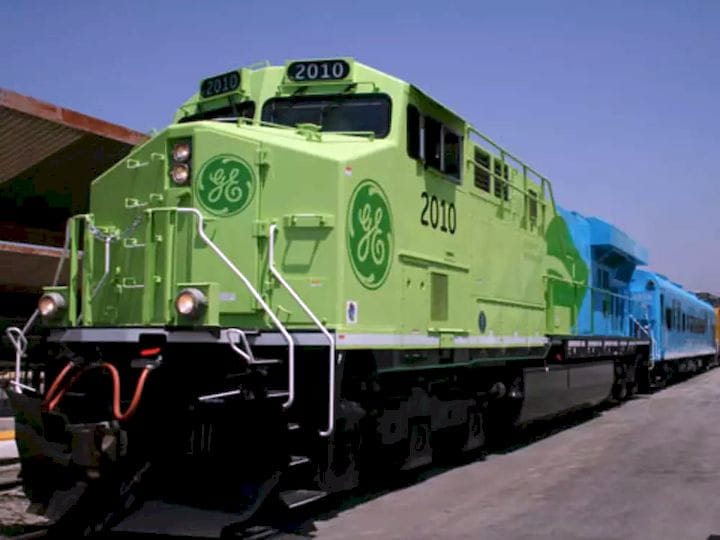
A slew of transportation companies have discovered the potential of 3D printing for part production, including Deutsche Bahn, Siemens Mobility and Nederlandse Spoorwegen.
The latest to jump aboard the 3D printing train is GE Transportation, which believes that it can print up to 250 locomotive parts with additive manufacturing (AM) by 2025.
Building upon the success of GE Additive and GE’s AM work in aerospace, GE Transportation has begun early trials using 3D printing to produce locomotive components. Using AM, the company believes it will be able to reduce lead time, as well as produce complex geometries that would be impossible using traditional manufacturing methods.
As seen with components like the LEAP fuel nozzle, complex assemblies could be redesigned into single, 3D-printed parts with intricate shapes. In an interview with Railway Gazette, Dominique Malenfant, vice-president of Global Technology for GE, used the example of a heat exchanger with “2,000 subcomponents, joints or welds” that could be redesigned into a single AM part, thus eliminating the potential failure areas associated with joints and welds.
Because GE is aiming to make a battery-diesel hybrid train, the company is working to make the diesel engine smaller through the use of 3D printing, in order to increase the space needed for batteries during the train’s battery-only operation in urban and environmentally sensitive areas.
The concept for the hybrid engine—in which energy from a diesel engine and regenerative braking would be stored in an onboard battery—was unveiled in 2007. In 2010, the company announced that it planned to commercialize the concept by 2014 or 2015, but there has been no visible progress on the project.
GE has, however, reiterated its plans to continue work on the technology as recently as 2018.
Read more at ENGINEERING.com











A manufacturing-as-a-service company has developed a way to 3D print continuous carbon fiber in a production setting.